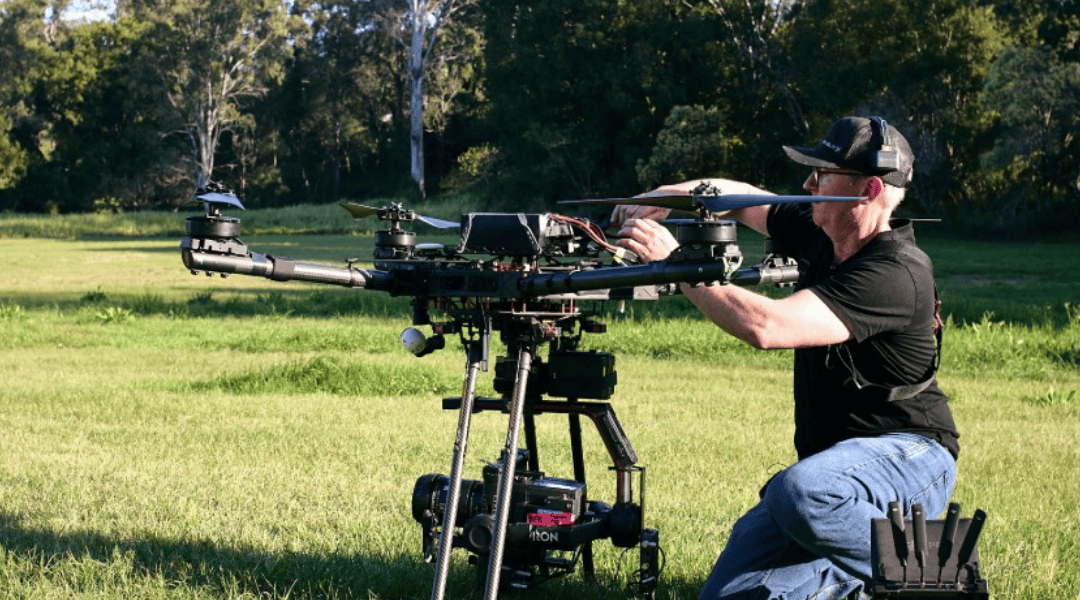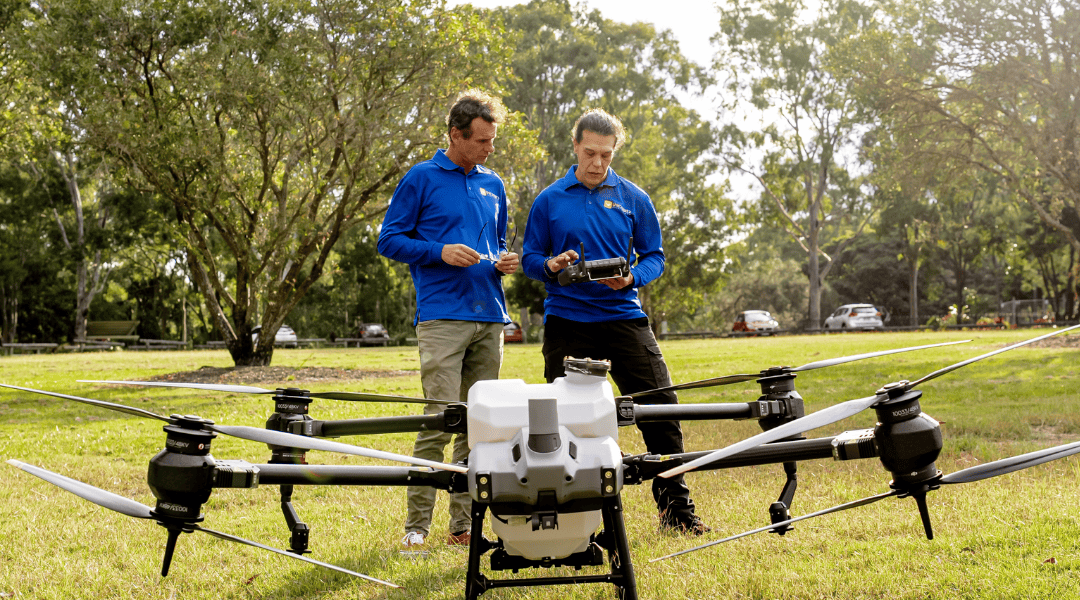Medical researchers are finding drones carrying defibrillators could be the best hope for heart attack victims.
A Swedish study published in the most recent Journal of the American Medical Association found drones arrived at the scene of 18 cardiac arrests within about five minutes of launch. That was almost 17 minutes faster on average than ambulances — a significant time difference for a condition where minutes mean life or death.
The Swedish study used real life trials, flying a 5.7 kg drone with a cruising speed of 75km/h (40.5 knots), and carrying a 760 gram defibrillator. The study flew routes within a 10 km radius from a fire station to locations where heart attacks had been reported.
A thesis by a student at the University of Utah found that 90.4 per cent of recorded heart attack incidents in Salt Lake County could have been responded to by at least one drone within one minute. The thesis mapped and proposed network of drone stations based on theoretical performance.
‘An optimized network of drones has the potential to significantly reduce life saving equipment travel times,’ the thesis concludes.
Rapid response to heart attacks is important for surviving them. ‘Ninety percent of people who collapse outside of a hospital don’t make it,’ American ABC news said, quoting a Chicago cardiologist.





According CASA unless the importer or manufacturer is a registered training organisation on their books then it will not be legal for commercial use in Australia. There are only 4 organisations registered to do type training and as far as I know they only do DJI products. So bad luck Australians who have heart attacks.